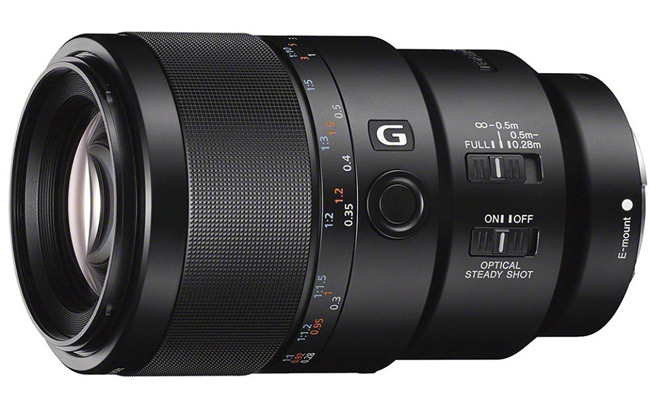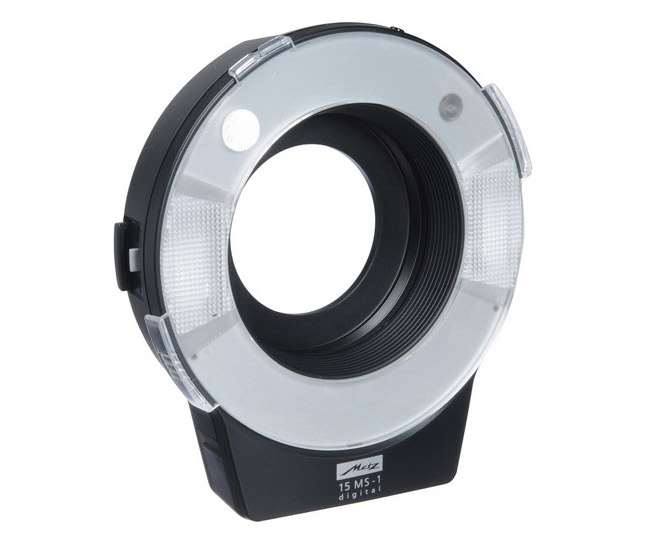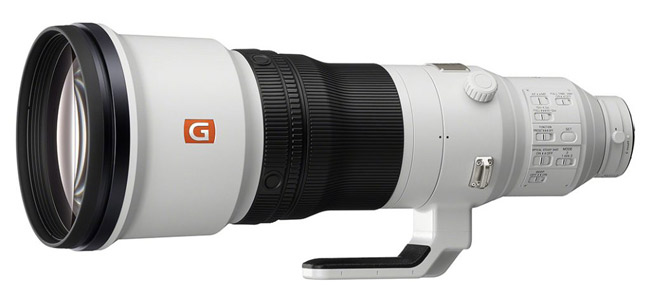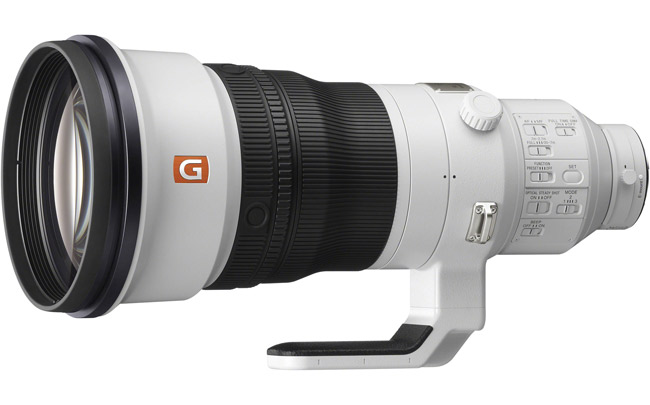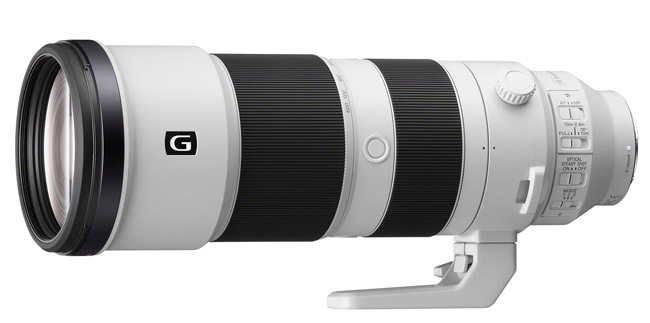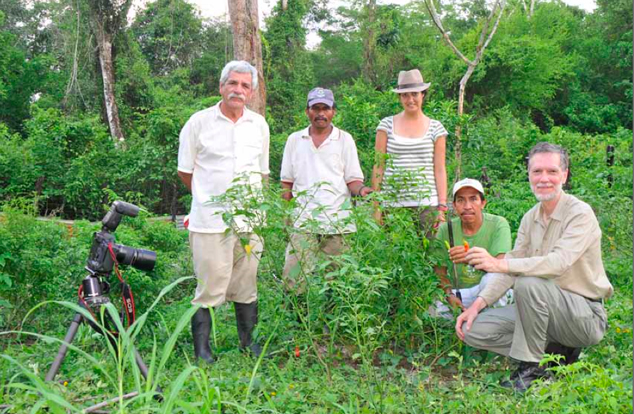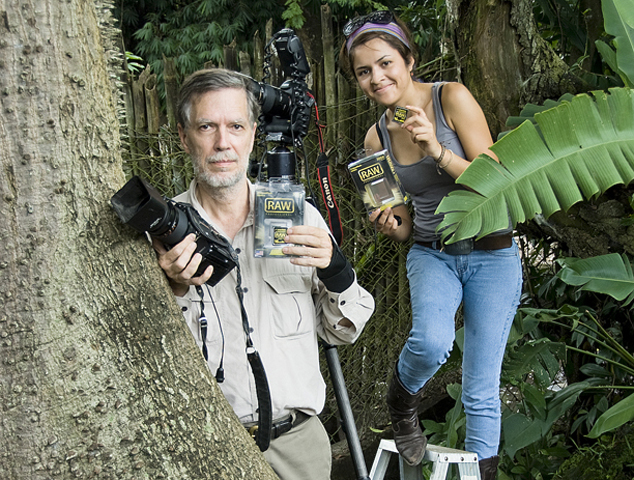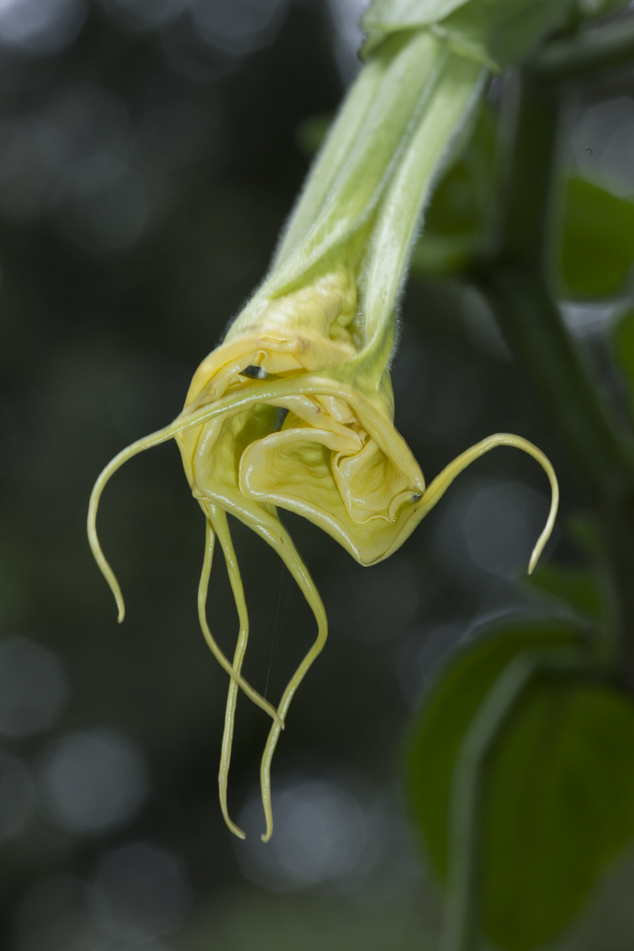Your donation can make this web site the best photographic resource to show the world the Neotropical plants, flowers and pollinators of the Mayan areas of Guatemala.
The beauty of the photographs on the pages of www.Maya-Ethnobotany.org is possible because of…
- Over 54 years of photographic experience in Guatemala, Mexico, Belize, Honduras, and El Salvador.
- The fact that we are dedicated and enthusiastic about our ethnobotanical photography project and field trips to remote areas of Guatemala.
- The fact that Guatemala has some of the most photogenic plants, flowers, and trees in the world also helps.
But unless we have good digital camera equipment, we can’t rescue views of the tropical paradise of Maya ethnobotany.
Adequate photographic equipment makes it possible for us to provide, to the entire world, the resources on tropical plants of Guatemala, Honduras, Belize, and Mexico for public education. For certain plants and flowers related to Maya iconography and mythology our photo archive is one of the best resources available today.
To our knowledge, FLAAR is one of the only research institutes in the world that makes PowerPoint presentations available to schools, colleges, universities, and botanical gardens.
YOUR DONATION can make the difference.
We thank the three corporations whose donations in the past years have made the photographs on this web site possible:
- Greg Lamb, CEO of Global Imaging, provided the 21 megapixel Phase One digital back for Hasselblad. This was many years ago.
- John Lorusso, President of Parrot Digigraphic , provided the 21 megapixel Canon EOS-1Ds Mark III and many essential Canon lenses.
- Lou Schmidt, VP Marketing, Hoodman Corporation, provided the 4GB, 8 GB, 16 GB, and 32 GB RAW compact flash CF memory cards. All photographs used in this web site on ethno-botany are taken with Hoodman memory cards.
- A helpful individual in California who kindly donated a Canon camera and 180mm tele-macro lens about 2 years ago.
It would help significantly if corporate, foundation, and individual donations to would allow us access to the six additional items of digital photographic equipment that we do not yet have.
A mirrorless camera would help on a field trip since our current Nikon D5 and Canon EOS 1D X Mark II are very heavy. We will continue to use these two best-of-each-brand top models, but since there are three to four photographers on our team it would definitely help to have a mirrorless Sony.
Nikon and Canon started making mirrorless cameras in late 2018, but Sony has many more years experience with mirrorless capability.
Plus the newest Sony mirrorless camera has a 61 megapixel sensor.
So if you could donate $3500, this would make it possible for our research team to have a Sony Alpha a7R IV camera body, this would help the entire year 2020 field trips.
We can share with you the photographs that result from our having this camera available. You can have them printed locally to hang on your wall.
Since our focus is on finding and photographing seldom-before-photographed flowers (in areas so remote no botanist or zoologist has reached these areas), it would help to have a 1:1 macro lens.
Our choice would be a Sony FE 2.8/90 G OSS Macro.
A donation check of $1000 would allow us to have this helpful macro lens. This is the kind of lens that can facilitate us to photograph pollinators: bats, bees, butterflies, moths, birds (more than just hummingbirds).
A donation of $329 would enable us to obtain a Metz Mecablitz 15 MS-1 macro ring light. We have tried Made in China ring lights and they are not powerful enough (and they wear out after a few weeks’ use).
Most photographers use telephoto lenses for sports or bird watching. Yes, we need and use telephoto lenses for photographing birds, but telephoto lenses are really effective to allow us to photograph:
- Arboreal cactus vines flowering high in a tree
- Bromeliad plants flowering high in a tree
- Rare rainforest Orchids flowering high in a tree.
There are now new lightweight telephoto lenses available, and to have a lightweight telephoto lens on a mirrorless Sony camera would mean we could carry the cameras armed-and-ready-to-shot (the heavy Nikon and Canon lenses we have carried in their cases since it’s not practical to hike up and down mountains and wade through swamps if you are trying to carry the camera with the lens already attached). So to take a photograph we have to stop, unpack the lenses, set up the tripod, put on the gimbal tripod head, put on the camera and lens (by then of course the bird is gone that had its beak sucking nectar out of the flower high in the tree).
With a less-heavy mirrorless camera and the new specially made lightweight telephoto lenses, we are ready-to-get-the-perfect-photograph instantly.
Below are three options which we list. We would greatly appreciate any of these three.
Sony FE 600mm F4 G Master OSS has the advantage that it is a prime lens. Zoom lenses have many advantages, but a prime lens will allow you to print a fine art giclee quality image of impressive size (for your home or office or to give to a local natural history museum or university).
A tax deductible donation of $13,000 to FLAAR would make it possible for us to take gorgeous photographs of orchid flowers high up in the treetops ecosystem of the Neotropical rain forests where we do research.
For birds our focus is on waterbirds (river, lake, lagoon, swamp, bog ecosystems). A 600mm prime telephoto lens would definitely help.
A Sony 400mm f/2.8 GM OSS would be good for studying vines, lianas, and all the other plants that are high up in tall trees. Or sometimes we are up on top of a Mayan temple-pyramid and we see a tree below us but is a distance away: this lens would allow us to photograph the ecosystem up in that treetop canopy. This would also be a great lens to use from a helicopter.
A healthy donation of $12,000 would make it possible to photograph birds and Neotropical orchids, bromeliads, and arboreal cacti (pitaya and others).
Sony FE 200-600mm F5.6-6.3 G OSS has the obvious benefit of allowing us to photograph flowers at any distance: close up and/or far away. Plus this lens is a fraction of the cost of the other two obvious above.
A donation of $2000 would allow us to have this Sony FE 200-600mm F5.6-6.3 G OSS lens. Yes, this lens is 85% less cost than the prime lens.
FLAAR (Foundation for Latin American Anthropological Research), is an exempt organization under section 501( c ) (3) of the US Internal Revenue Code, and is resident of the United States of America. U.S. taxation deduction to the extent allowed by law. After you donate to FLAAR please request a donation receipt by writing frontdesk symbol FLAAR.org.
FLAAR Mesoamerica is the office and team in Guatemala, registered as a non-profit in Guatemala, who undertakes the field work.
Your name, your company logo, the logo of your foundation, can be featured in our publications. Our network of web sites on flora, fauna, and history of the Classic Maya are read by people around the world. Plus we put our educational books for children into local Mayan languages, especially Q’eqchi’, Peten Itza Maya, Kakchiquel, and Pokomchi, to help schools in remote and rural areas of Central America. Our www.MayanToons.org web site shows you are children’s book division.
The site you are on now, www.Maya-Ethnobotany.org, is dedicated to ecosystems (to find and then to protect), and especially to learn what foods were available (beside maize, beans, and squash) to the Classic Maya for thousands of years.
Dr Nicholas lectures around the world (in Spanish, German, and English). In your country his lecture can be simultaneously translated into your language. He can speak about Neotropical ecosystems, trees, plants, Maya archaeology, iconography, pyramid-temple and palace architecture, the rubber ballgame, patolli games of the Maya, Aztec, Mixtec, Toltec, and Teotihuacan.
He lectures at universities, museums, associations, institutes, or wherever requested. Write us at This email address is being protected from spambots. You need JavaScript enabled to view it..
Once you have donated we can send you our tax id # plus documentation of our non-profit tax status.
If you prefer to donate stock (rather than selling it and donating the results) you can donate shares and get more benefits potentially than selling-and-donating just the funds.
Dr. Nicholas Hellmuth and Jennifer Lara photographing plants Sayaxche june 2011.
Dr. Nicholas Hellmuth and Sofía Monzon using Hoodman compact flash CF memory cards in the Auto Safari trip 2010.
Florifundia Brugmansia arborea in the process of opening (still closed).
Photographed in Alux Park, high in the mountains, overlooking Guatemala City. FLAAR Photo Archive.
Most recently updated November 26, 2019
First posted August 4, 2011.



